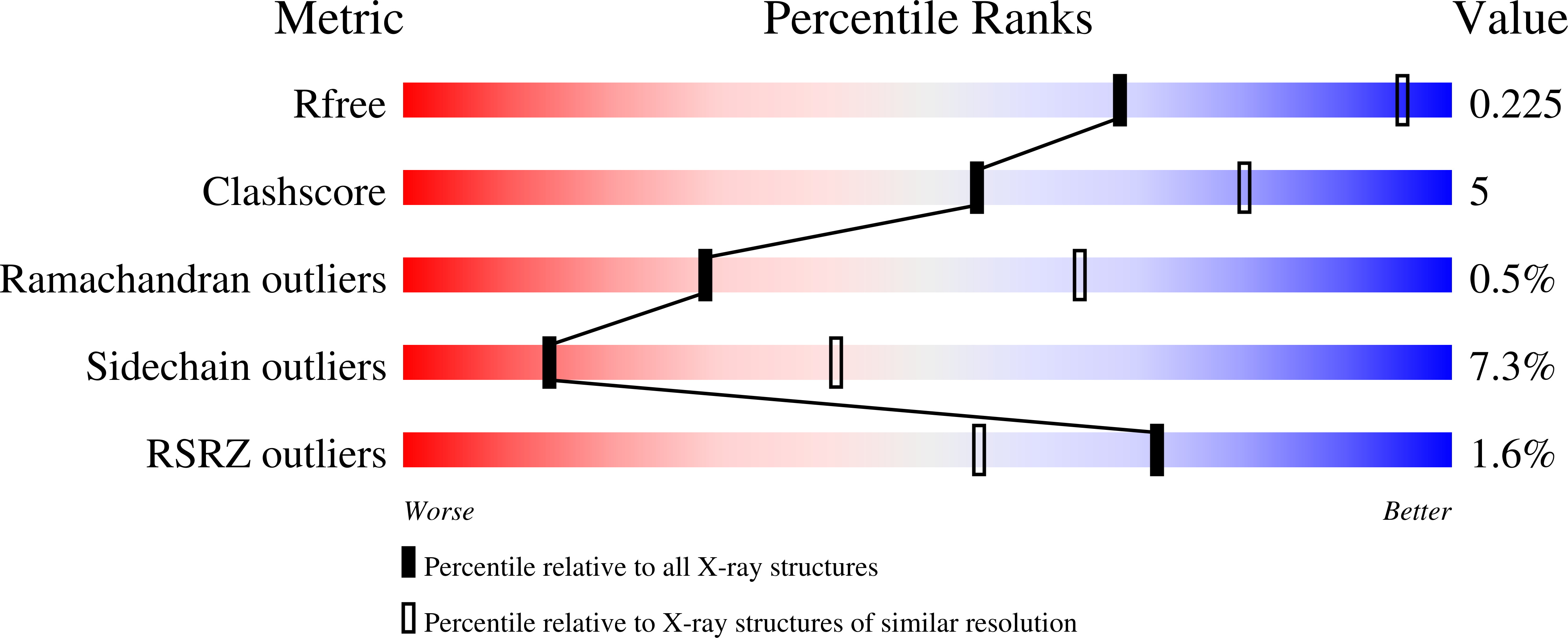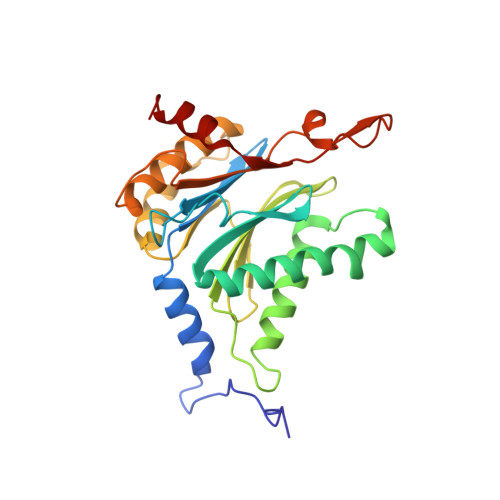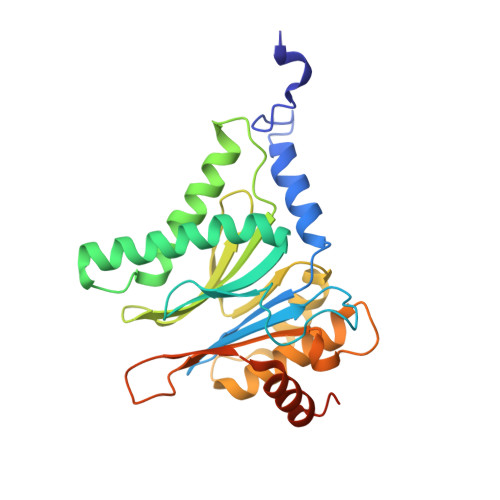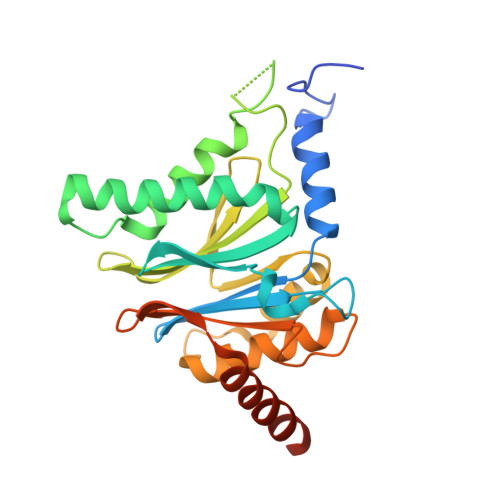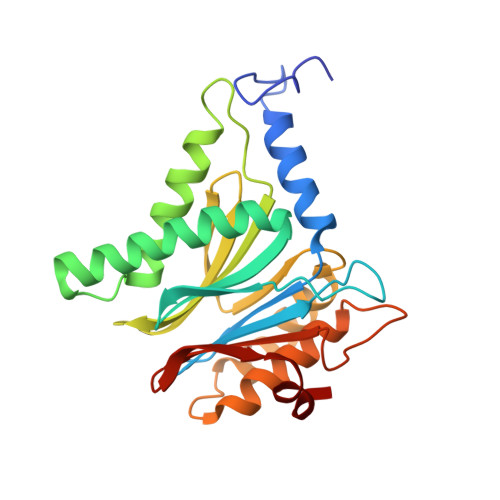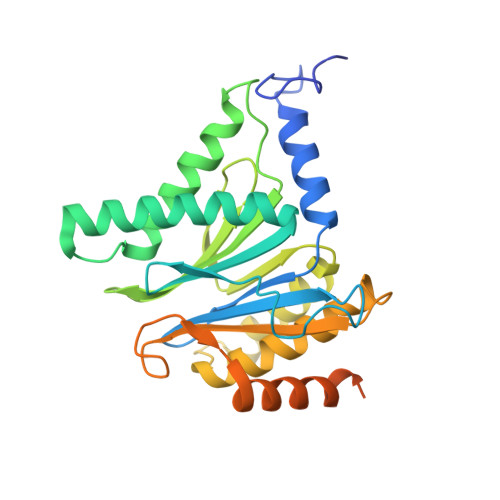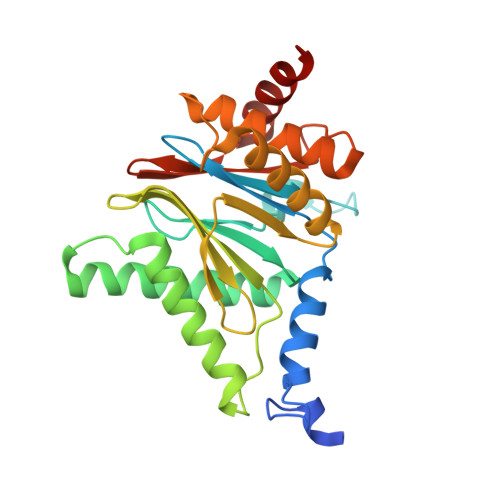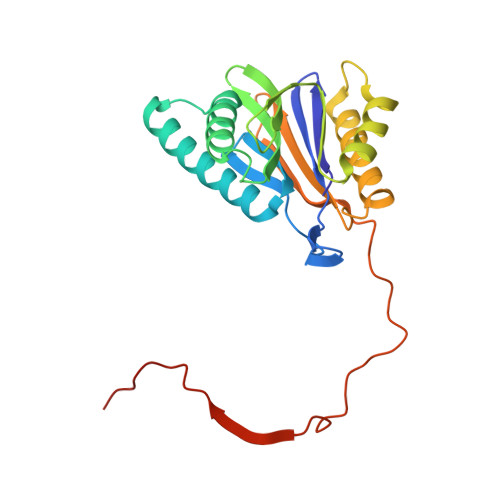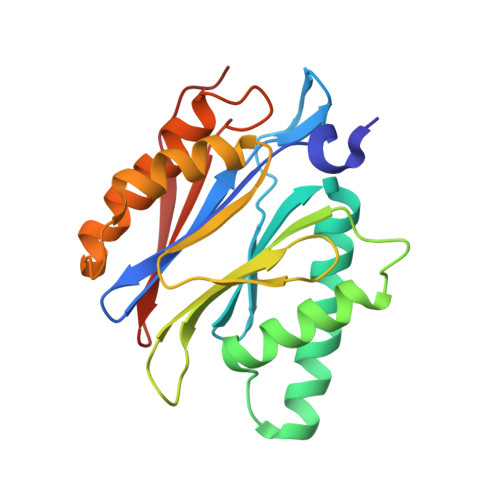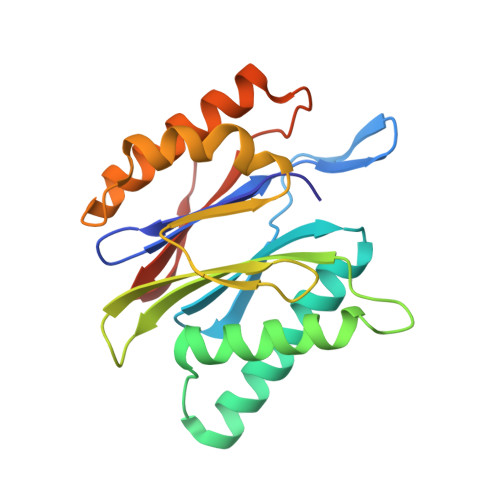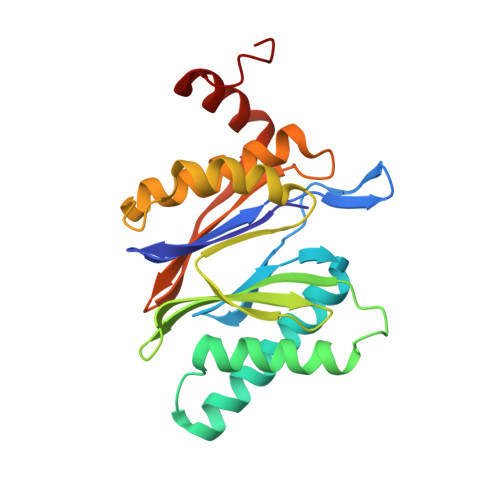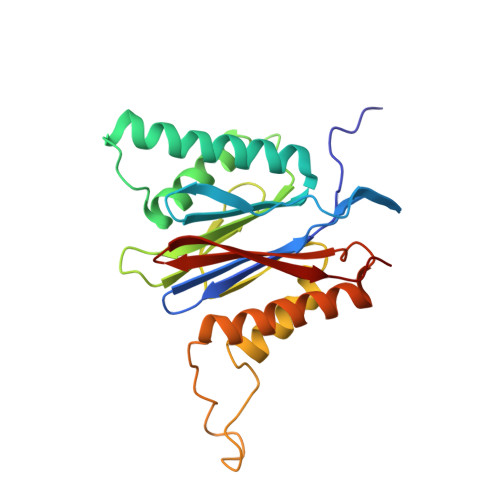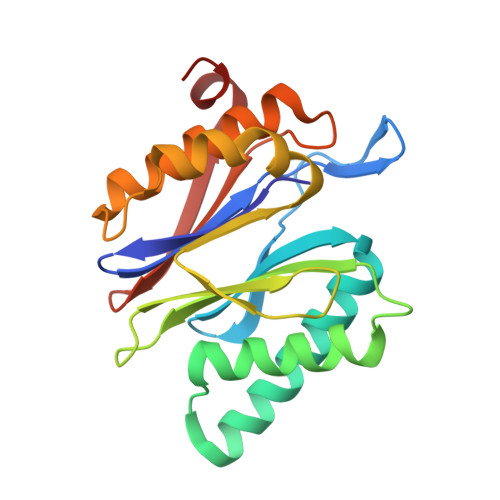Optical Control of Proteasomal Protein Degradation with a Photoswitchable Lipopeptide.
Morstein, J., Amatuni, A., Shuster, A., Kuttenlochner, W., Ko, T., Abegg, D., Groll, M., Adibekian, A., Renata, H., Trauner, D.H.(2024) Angew Chem Int Ed Engl 63: e202314791-e202314791
- PubMed: 38109686
- DOI: https://doi.org/10.1002/anie.202314791
- Primary Citation of Related Structures:
8OHZ, 8OI1 - PubMed Abstract:
Photolipids have emerged as attractive tools for the optical control of lipid functions. They often contain an azobenzene photoswitch that imparts a cis double-bond upon irradiation. Herein, we present the application of photoswitching to a lipidated natural product, the potent proteasome inhibitor cepafungin I. Several azobenzene-containing lipids were attached to the cyclopeptide core, yielding photoswitchable derivatives. Most notably, PhotoCep4 exhibited a 10-fold higher cellular potency in its light-induced cis-form, matching the potency of natural cepafungin I. The length of the photolipid tail and distal positioning of the azobenzene photoswitch with respect to the macrocycle is critical for this activity. In a proteome-wide experiment, light-triggered PhotoCep4 modulation showed high overlap with constitutively active cepafungin I. The mode of action was studied using crystallography and revealed an identical binding of the cyclopeptide in comparison to cepafungin I, suggesting that differences in their cellular activity originate from switching the tail structure. The photopharmacological approach described herein could be applicable to many other natural products as lipid conjugation is common and often necessary for potent activity. Such lipids are often introduced late in synthetic routes, enabling facile chemical modifications.
Organizational Affiliation:
Department of Cellular and Molecular Pharmacology and Howard Hughes Medical Institute, University of California, San Francisco, CA-94158, USA.







